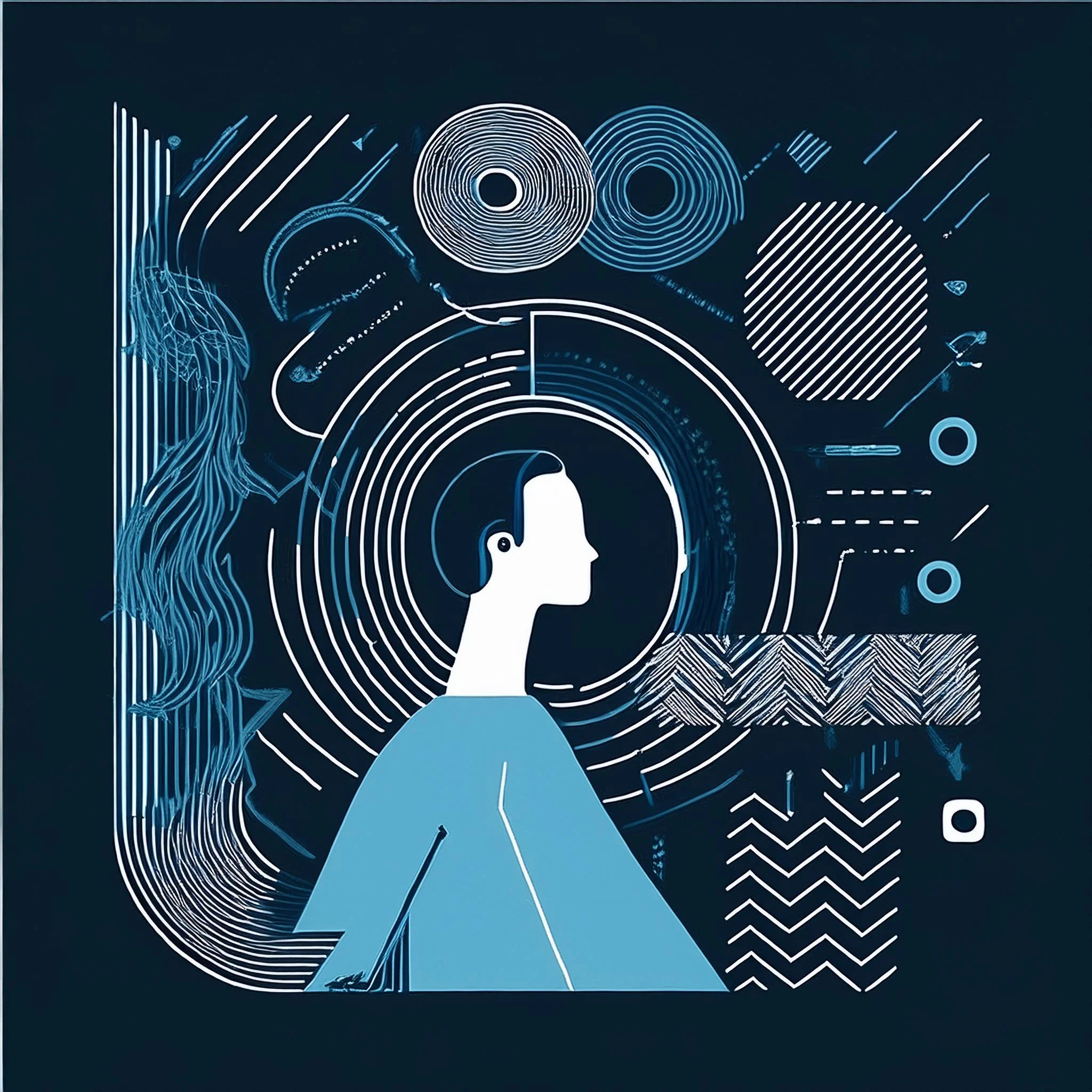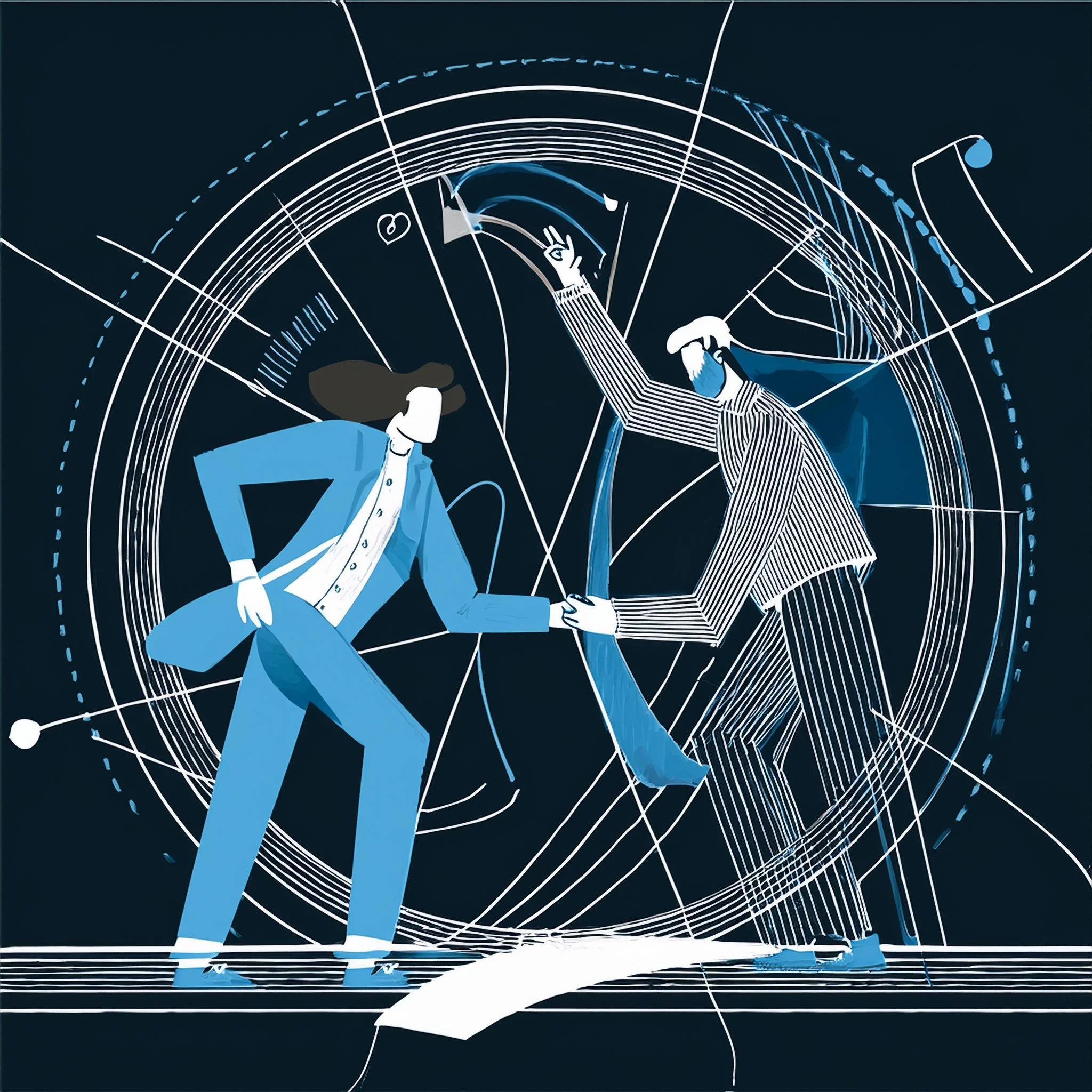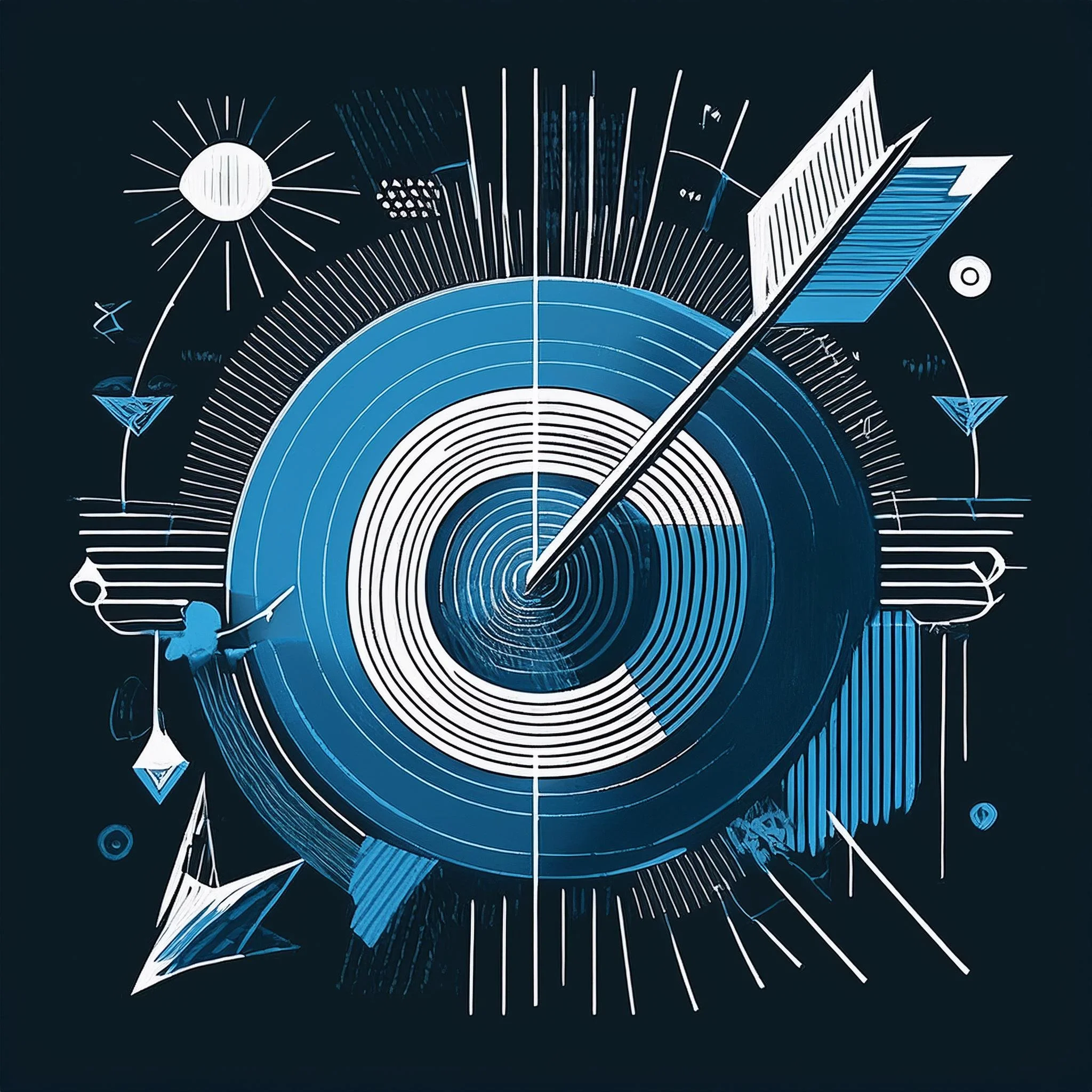DESIGN PROCESS | define - phase 1
scoping
IN THIS STEP YOU WILL FIND
Details about the activities I engaged in to gain clarity on my research path.
drawing from experience
journey mapping
The journey map enabled me to break down a blend of general and specific experiences I had as a collegiate sprinter. It encompassed various elements, including activities, stakeholders, emotions, pain points, and areas for opportunity. By examining these areas for opportunity, I maintained an open mind regarding potential emerging technology solutions to address the needs of sprinters.
This journey map illustrates a sprinter's experience during a pre-meet (before track meet) practice day at a stadium where they never raced before. The table showcases the various stages of the practice, the activities within each stage, the range of emotions the sprinter encountered, their goals, and any pain points—such as problems, issues, and struggles. I then examined these pain points and identified potential solutions or referenced existing technologies that I believed could effectively address them. At this stage of my research and exploration, my aim was not to devise solutions for every pain point on the journey map but rather to break down and understand the broader context of the sprinter's experience.
How do you integrate journey mapping and storyboarding with other experience design methods and techniques? (2024, March 19). www.linkedin.com. https://www.linkedin.com/advice/0/how-do-you-integrate-journey-mapping-storyboarding
Martin, B., & Hanington, B. (2012b). User Journey Maps: 100 Ways to Research Complex Problems, Develop Innovative Ideas, and Design Effective Solutions. In Universal methods of design (pp. 196–197).
drawing from experience
Storyboarding
A storyboard shares similarities with a journey map, yet it is specifically designed to illustrate the actions, thoughts, feelings, and context of an experience through a sequence of scenes. This approach proves useful for visualizing the flow of interactions and understanding how design decisions impact the user experience.
The storyboard illustrates a sprinter’s entire practice day, encompassing their preparation before the workout through to their post-workout recovery. It details the environment, stakeholders, technology utilized, and pain points encountered throughout the activities. This activity allowed me to explore a slightly different scenario while also considering the environment and the potential technologies employed in each scene—elements that were not fully addressed in the journey mapping activity.
Martin, B., & Hanington, B. (2012a). Storyboards: 100 Ways to Research Complex Problems, Develop Innovative Ideas, and Design Effective Solutions. In Universal methods of design (pp. 170–171).
To clarify further, I will break down a segment of the service blueprint. On the frontstage, an athletic trainer directly attends to the needs of the sprinter, providing immediate support during their practice. Meanwhile, backstage, the athletic trainer formulated suggestions and exercises aimed at aiding the sprinter's recovery. This process was informed by the support processes, where a doctor shared a treatment plan with the athletic trainer. The trainer used this plan as a foundation to build upon and effectively communicate tailored recovery strategies to the sprinter.
drawing from experience
Service blueprint
Creating a service blueprint was a new user experience design activity for me. Similar to the journey map and storyboard, a service blueprint examines a user’s or customer’s journey through a specific experience or service. This visual tool, commonly used in service design, maps out both front-end actions and the background processes involved in the experience. It enables one to visualize the relationships between different service components—such as people, props, and processes—that are directly connected to the touchpoints throughout the user’s journey (Gibbons, 2024).
The service blueprint above follows the same journey as the storyboard I created earlier. In the storyboard, the sprinter’s journey and the frontstage actions are separated by a line of interaction.
The frontstage encompasses the actions of the coaching and supporting staff, as well as the technology and equipment being utilized, with arrows indicating how these elements interact. A line of visibility separates the frontstage from the backstage actions, highlighting steps that the sprinter does not see but that nonetheless impact their practice journey. Finally, the backstage actions are delineated from the support processes by a line of internal interaction.
This activity gave me a deeper understanding of key moments when different users interact within an experience or service. It also allowed me to envision and contemplate improvements or innovations within the service, encouraging iterative design and user-centered thinking.
By mapping out each step of the sprinter's experience, I uncovered unexpected pain points and fresh opportunities on which to innovate.
Gibbons, S. (2024, January 12). Service Blueprints: Definition. Nielsen Norman Group. https://www.nngroup.com/articles/service-blueprints-definition/
WHAT I LEARNED
The journey of creating Phaze Runner resulted in more than just a concept—it was the spark that ignited my thesis. I knew from the start I wanted to fuse my passion for sprinting with emerging tech, but staying open to new ideas was key. By mapping out each step of the sprinter's experience, I uncovered unexpected pain points and fresh opportunities on which to innovate.
Through journey mapping, storyboarding, and creating a service blueprint rooted in my experience as a collegiate sprinter, I honed the power of user experience design processes. As a sprinter, every second counts, and as a designer, every detail matters. These tools taught me how to break down complex user experiences—much like a race—into actionable phases.
In user experience design, these strategies allow designers and stakeholders to have a clear visual of the before, during, and after of a user’s experience.
SECONDARY RESEARCH
-

SPORT AND TECHNOLOGY
-

USER EXPERIENCE DESIGN
-

CO-DESIGN
key takeaway
My biggest takeaway from this process was realizing the importance of hearing from other sprinters. I needed to understand their experiences, pain points, and needs, not just my own. To make sure my thesis was well-rounded, unbiased, and truly impactful, I had to step outside my perspective and co-create with other sprinters. It was through their insights that I could shape an app that speaks to the broader sprinting community, ensuring it delivers real value beyond my personal experience.
So figuring out how to work with other sprinters was my next step!
Preliminary Research questions
How might the use of sensory cues in augmented reality impact sprinter cognition and perception, and how can the effects be measured and analyzed?
What role do the 21 senses (e.g. sound, balance, time) play in shaping affordance perceptions in physical environments? How can some of these senses be leveraged to create more affordances?
How can user experience design principles be applied to create more intuitive and user-friendly interfaces for athletic tracks?
How to design augmented reality experiences that enhance a sprinter’s engagement and immersion using sensory cues?
How can collaborative design involving sprinters, coaches, researchers, and designers lead to the development of innovative solutions for enhancing athletic performance and improving track competition quality?
What specific technological advancements and data analytics tools are most valuable for sprinters and coaches in optimizing sprint training programs and enhancing performance outcomes?
How do different stakeholder perspectives, such as those of sprinters, coaches, and designers, influence the identification and prioritization of technological and data requirements for effective sprint training programs?
What are the key considerations when designing intuitive and user-friendly interfaces for emerging technologies aimed at assisting sprinters and coaches in analyzing performance data and making informed training decisions?
Final research question
How might co-design and user experience research methods be utilized to design a mobile application that optimizes the athletic performance and development of track and field sprinters?
-
BACK
-
HOME
-
FORWARD



